Training for an ultramarathon like the Leadville 100 is a massive undertaking. Logging high-mileage weeks, climbing thousands of feet in elevation, and pushing through fatigue all demand peak performance from the body. But when pain strikes, it can derail even the most dedicated runners.
Recently, a patient at Boulder Sports Chiropractic came in struggling with persistent hip pain that was interfering with training. His symptoms? Pain at the front and side of his hip, stemming from tightness in his TFL (tensor fasciae latae), psoas, and rectus femoris muscles. The good news? After targeted dry needling and shockwave therapy, he was able to get back to running—pain-free.
Understanding Hip Pain in Runners
The hip is one of the most crucial joints for runners. It provides stability, absorbs impact, and drives forward motion. However, when muscles around the hip become tight or overworked, pain can develop. The TFL, psoas, and rectus femoris muscles play a key role in hip function, but they’re also prone to tightness and dysfunction.
TFL (Tensor Fasciae Latae): Helps stabilize the hip and knee during running. Tightness can contribute to hip pain and IT band issues.
Psoas: A deep hip flexor muscle that assists in lifting the knee. If it’s overworked, it can lead to restricted movement and pain in the front of the hip.
Rectus Femoris: A quadriceps muscle that also acts as a hip flexor. When tight, it can cause discomfort and reduce stride efficiency.
How Dry Needling Relieves Muscle Tightness
Dry needling is a powerful technique for releasing muscle tension and restoring function. By inserting thin needles directly into trigger points (tight bands of muscle fibers), we can stimulate a deep release that massage and stretching alone often can’t achieve.
For our Leadville 100 runner, dry needling targeted the TFL, psoas, and rectus femoris, helping to reduce muscle tightness, improve blood flow, and restore proper function. The result? Immediate relief and improved mobility.
The Role of Shockwave Therapy in Recovery
While dry needling addresses muscle tightness at a deep level, shockwave therapy accelerates healing and reduces pain by stimulating blood flow and breaking down adhesions in soft tissue. This treatment uses high-energy sound waves to promote cellular repair and tissue regeneration.
For our patient, shockwave therapy helped decrease pain and improve tissue mobility in the hip flexor region, allowing for smoother, pain-free running.
Why This Treatment Approach Works for Runners
Runners place repetitive stress on their muscles, tendons, and joints, making them particularly susceptible to overuse injuries. Dry needling and shockwave therapy are a perfect combination for treating these issues because they:
✅ Address the root cause of pain (muscle tightness and dysfunction). ✅ Promote faster healing and reduce inflammation. ✅ Restore normal movement patterns to prevent future injury.
Our patient was able to return to his training schedule without pain, ensuring he stays on track for Leadville 100.
Keep Running Strong
If you’re experiencing hip pain, muscle tightness, or discomfort while running, don’t let it derail your training. At Boulder Sports Chiropractic, we specialize in helping endurance athletes recover, optimize performance, and prevent injuries.
Book an appointment today and get back to doing what you love—running pain-free.
